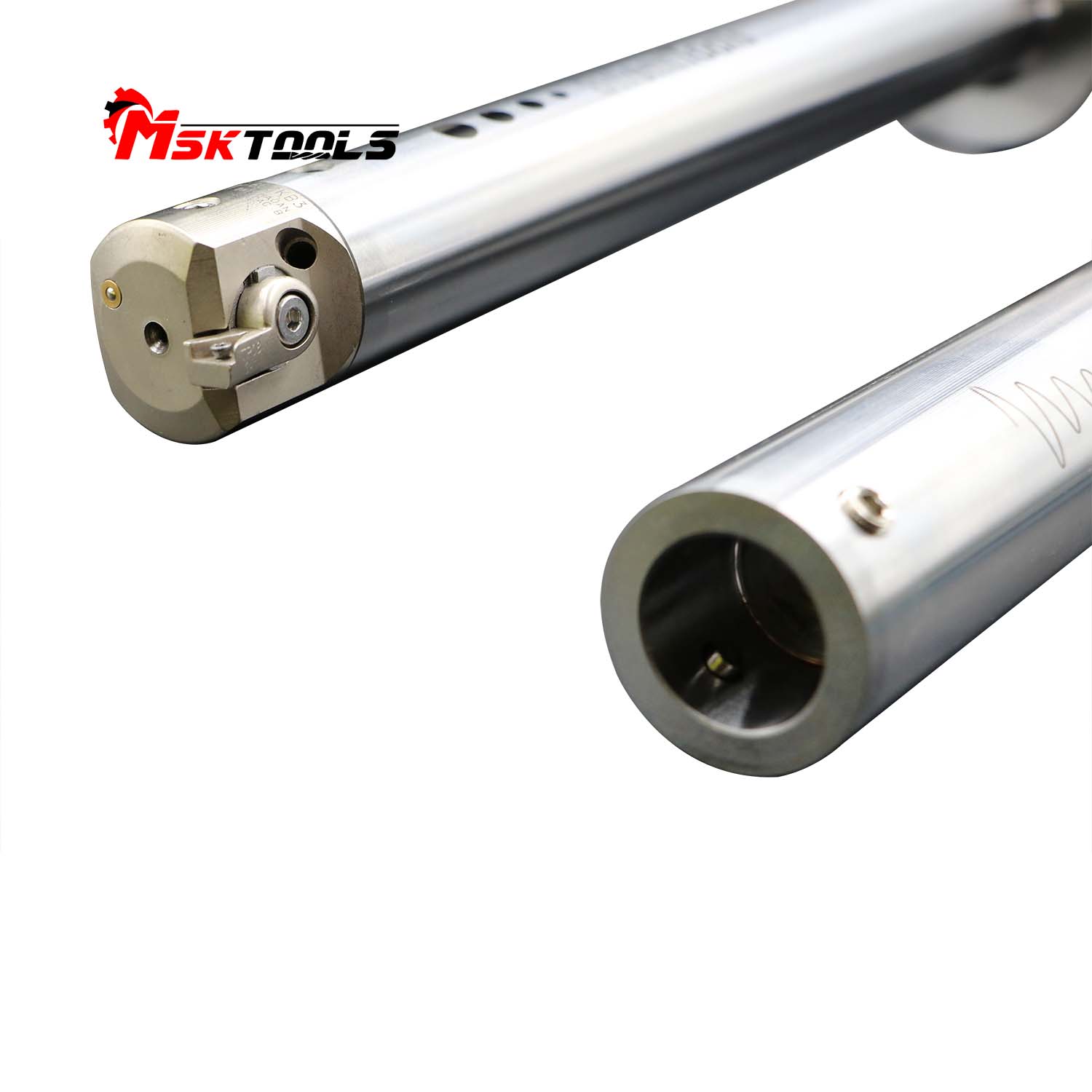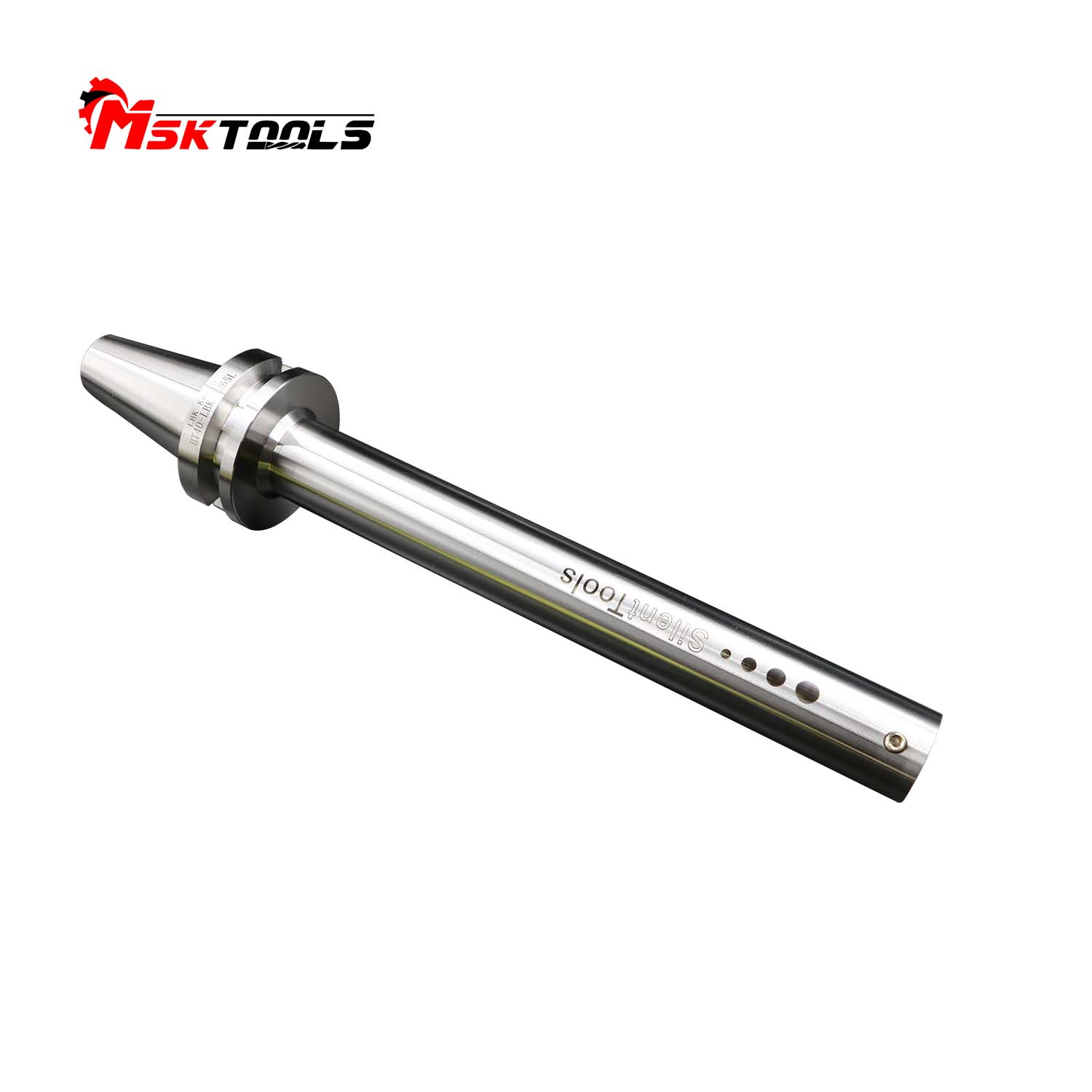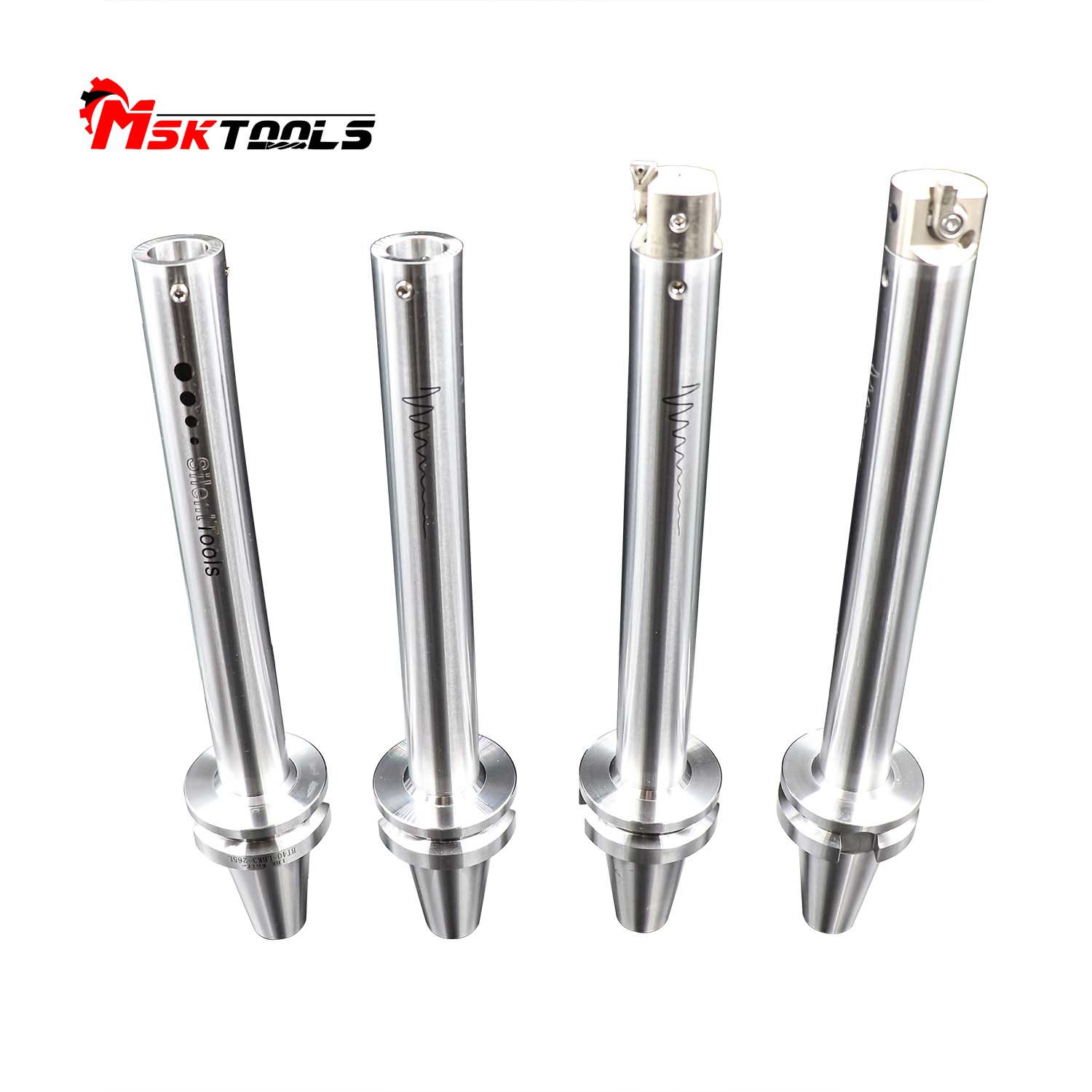In the world of CNC (computer numerical control) machining, precision and comfort are of paramount importance. Manufacturers strive to produce high-quality components with complex designs, so the tools they use must not only be efficient but also ergonomic. One of the most important advancements in this field is the integration of vibration-damping tool handles into CNC milling tool holders. This innovation is changing the way machinists work, resulting in improved outcomes and an enhanced user experience.
Learn about CNC milling cutter head
CNC milling tool holders are essential components in the machining process. They hold the cutting tool securely in place, ensuring that the tool operates at optimal performance. The design and quality of these tool holders can have a significant impact on the machining process, affecting everything from tool life to the quality of the finished product. A well-designed tool holder minimizes runout, maximizes rigidity, and provides the necessary support for a variety of cutting operations.
Vibration Challenges in Machining
Vibration is an inherent challenge in CNC machining. Vibration can come from a variety of sources, including the cutting process itself, the mechanical components of the machine, and even external factors. Excessive vibration can lead to a variety of problems, such as shortened tool life, poor surface finish, and inaccurate end products. Additionally, prolonged exposure to vibration can cause discomfort and fatigue to machinists, affecting their productivity and overall job satisfaction.
Solution: Anti-vibration damping tool handles
To combat the negative effects of vibration, manufacturers have developed anti-vibration damping tool handles. These innovative handles are designed to absorb and dissipate vibrations that occur during machining. By using advanced materials and engineering techniques, these handles significantly reduce the transfer of vibrations from the tool to the operator's hand.
The benefits of vibration-damped tool handles are manifold. First, they improve machinist comfort, allowing for extended periods of operation without discomfort or fatigue. This is especially important in high-volume production environments, where operators may spend hours at a time working on CNC machines. By reducing strain on the hands and arms, these handles help improve ergonomics and overall job satisfaction.
Secondly, machining performance can be improved by using anti-vibration damped tool handles. By minimizing vibrations, these handles help maintain cutting tool stability, resulting in more precise cuts and better surface finishes. This is critical in industries that require high precision, such as aerospace, automotive, and medical device manufacturing.
The Future of CNC Machining
As technology continues to develop, the integration of vibration-damped tool handles into CNC milling toolholders will likely become more common. Manufacturers are increasingly recognizing the importance of ergonomics and vibration control in improving productivity and quality. With continued research and development, we can expect to see more advanced solutions that further improve machining processes.
In summary, the combination of vibration-damped tool handles and CNC router bits represent a significant advancement for the machining industry. By addressing the challenges posed by vibration, these innovations not only improve machinist comfort and safety, but also the overall quality of the machining process. As we move forward, adopting these technologies will be critical for manufacturers looking to remain competitive in an evolving market. Whether you are an experienced machinist or new to the field, investing in tools that prioritize performance and ergonomics is a step toward achieving excellence in CNC machining.
Post time: Feb-14-2025





